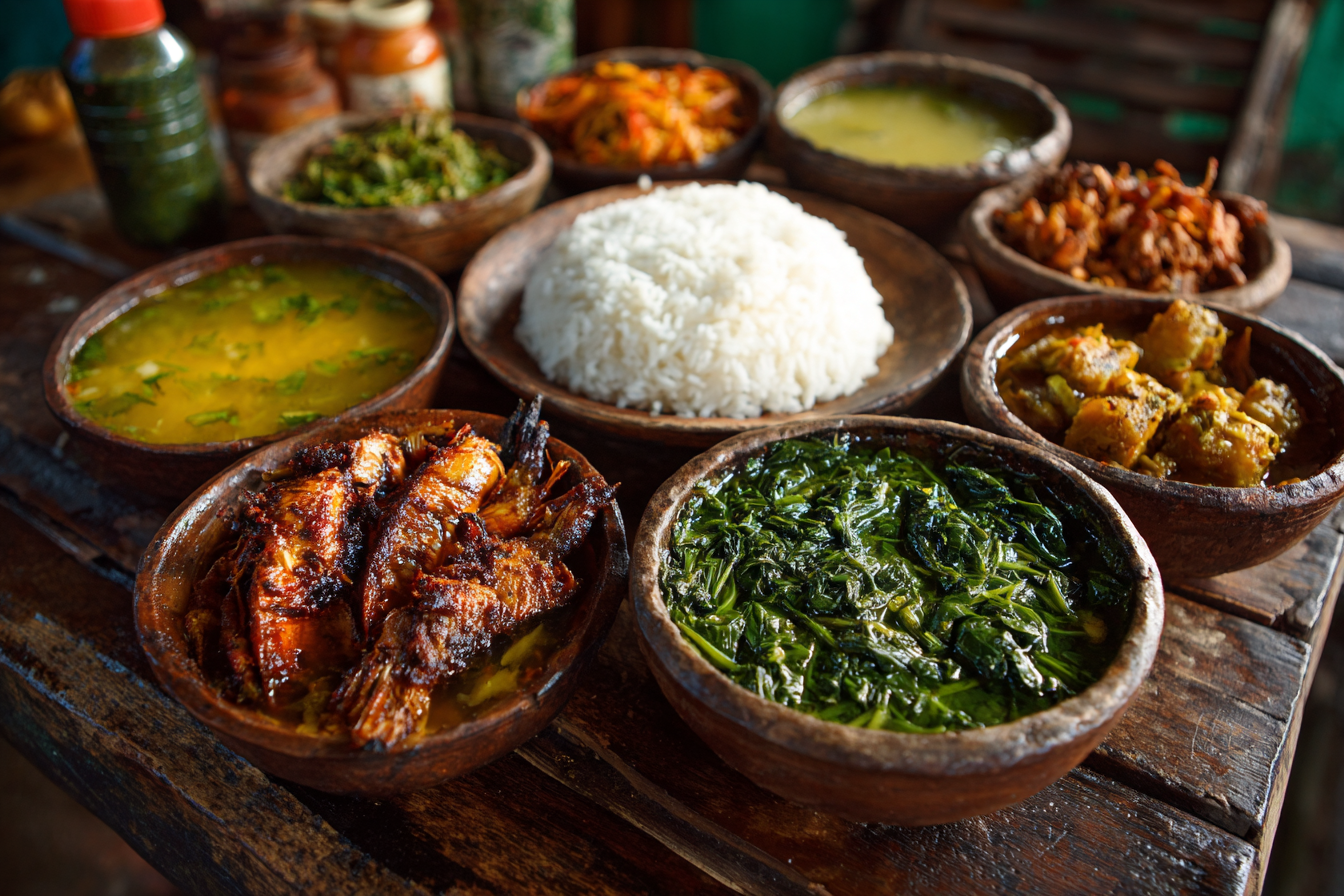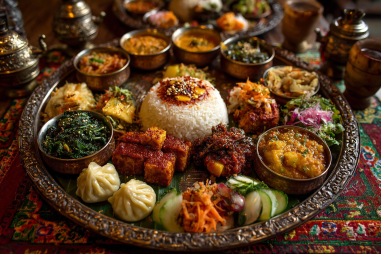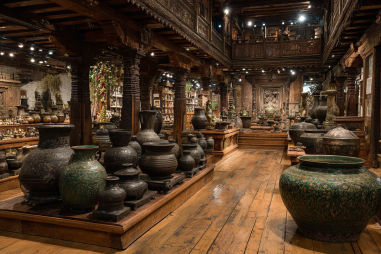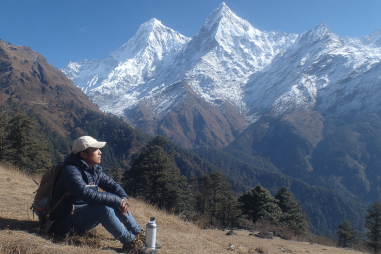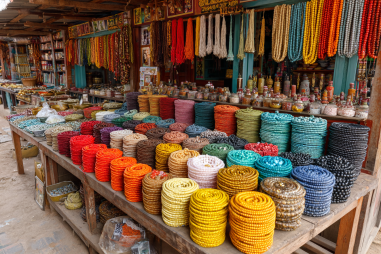Chitwan, nestled in the heart of Nepal’s Terai region, is not only famous for its rich biodiversity and national park but also for its distinct culinary heritage that reflects the vibrant culture of its people. The local cuisine here offers a delightful blend of indigenous Tharu flavors and traditional Nepali dishes, making it a paradise for food enthusiasts eager to explore authentic tastes. Whether you’re wandering through bustling markets or enjoying a meal in a rustic homestay, the food in Chitwan promises to provide a hearty and memorable experience.
Exploring Chitwan’s Culinary Heritage
The culinary heritage of Chitwan is deeply influenced by the Tharu community, the indigenous inhabitants of the region, alongside the broader Nepali culinary traditions. Tharu cuisine is known for its simplicity, reliance on locally grown ingredients, and flavors that are both bold and comforting. Dishes often showcase fresh herbs, spices, and produce from the fertile Terai plains, which make the meals both nutritious and delicious. Additionally, seasonal vegetables, wild fruits, and grains play a significant role in daily cooking, highlighting the community’s close relationship with nature.
The combination of these influences results in a rich food culture that is both diverse and rooted in tradition. In recent years, Chitwan’s cuisine has evolved while still keeping true to these origins, making it an intriguing culinary destination for visitors looking to taste genuine Nepali flavors beyond the well-known staples like dal bhat (lentil soup with rice).
Popular Local Dishes and Ingredients
When in Chitwan, there are several dishes that you simply must try to get the full taste of the area’s food culture. Here are some of the most popular local foods and ingredients:
- Tharu Chicken Curry (Tharu Masu): This is a signature dish usually slow-cooked with traditional spices, giving the chicken a tender texture and rich flavor. The use of mustard oil and local herbs sets it apart from other chicken curries in Nepal.
- Bara (Lentil Pancakes): A favorite snack or appetizer, these crispy lentil cakes can be served plain or stuffed with egg, minced meat, or vegetables.
- Fish Curry: Thanks to the proximity of rivers and wetlands, fresh fish is often used in curries. The curry is typically flavored with garlic, ginger, turmeric, and chili for a spicy kick.
- Dhido: A traditional meal made from cornmeal or millet flour mixed with boiling water and stirred until it becomes thick and dough-like. It’s usually eaten with gundruk (fermented leafy greens) or meat curries.
- Wild Herbs and Vegetables: Ingredients like wild spinach, bamboo shoots, and forest mushrooms are common additions to meals, imparting an earthy flavor and enriching variety.
- Pickles and Chutneys: Spice-filled pickles and tangy chutneys often accompany meals, enhancing the overall dining experience.
Chitwan’s cuisine emphasizes locally grown rice, lentils, and fresh vegetables, while spices such as cumin, coriander, turmeric, and chili play essential roles in creating flavorful dishes. Mustard oil, in particular, is a staple cooking medium, lending a distinctive aroma and taste.
Where to Try Authentic Food in Chitwan
For those eager to indulge in authentic flavors, several eateries and experiences in Chitwan offer genuine local cuisine:
- Local Tharu Homestays: Staying with a Tharu family gives visitors not only a glimpse into local life but also the chance to savor traditional home-cooked meals prepared with age-old recipes and fresh ingredients.
- Traditional Restaurants in Sauraha: Around the popular tourist hub of Sauraha, restaurants such as the Tharu Kitchen and Jungle Café specialize in regional dishes and provide a cozy atmosphere to enjoy them.
- Chitwan Market Food Stalls: The vibrant local markets host numerous food vendors selling everything from spicy momos to freshly made sweets, offering a casual way to taste everyday Nepali flavors.
- Riverfront Dining: Some lodges and hotels by the Rapti River organize special dining experiences featuring traditional meals, often served outdoors with scenic views.
Seeking out these local spots not only guarantees fresh and authentic meals but also supports community-based tourism, contributing directly to the welfare of the local inhabitants.
Food Customs and Dining Etiquette
Understanding the dining customs and etiquette of Chitwan enhances the enjoyment of the food and shows respect towards the local culture. Here are some helpful pointers:
- Eating with Hands: It’s common and acceptable to eat with your hands, especially when enjoying dal bhat or rice-based dishes. Wash your hands thoroughly before and after the meal.
- Sharing Meals: Meals are often communal, so sharing dishes and eating from the same plate or bowl is typical in many households.
- Respecting Serving Order: Often, elders or guests are served first as a sign of respect.
- Compliments to the Cook: It is appreciated to compliment the cook, acknowledging their effort and the deliciousness of the food.
- Finishing Your Plate: Try to finish your plate as leaving food waste may be seen as impolite.
These customs create a warm and hospitable dining environment, making every meal a shared celebration.
Street Food and Market Highlights
Exploring Chitwan’s markets and street food stalls is a feast for the senses. The colors, smells, and sounds come together to create an immersive food experience. Some must-try street snacks include:
- Momos: Nepali-style dumplings filled with vegetables, chicken, or buffalo meat, usually served with spicy tomato chutney.
- Sel Roti: A sweet, ring-shaped rice bread that is crisp on the outside and soft inside, often enjoyed with yogurt or curry.
- Pani Puri: Hollow, crispy spheres filled with spicy water, chickpeas, and potatoes – a popular tangy and refreshing treat.
- Chatamari: Sometimes called “Nepali pizza,” this rice flour crepe topped with eggs, minced meat, and spices is a street favorite.
- Sweets: Local sweets such as barfi and jalebi are readily available and perfect for those craving sugary delights.
Markets like Narayani Bazaar not only offer these delicious bites but also fresh produce and local spices, making it a great place to witness the food culture up close.
Tips for Food Safety and Allergies
While indulging in Chitwan’s culinary offerings, it’s essential to keep a few food safety tips in mind to ensure a pleasant experience:
- Drink Bottled or Filtered Water: Avoid tap water and ice cubes that might not be treated.
- Eat Hot, Well-Cooked Meals: Especially street food, to minimize the risk of foodborne illness.
- Inform About Allergies: If you have dietary restrictions or allergies, communicate clearly with hosts or vendors, as many dishes contain nuts, dairy, or gluten.
- Carry Medicine: Having basic medications for digestive issues can be helpful when trying new foods.
- Observe Hygiene: Choose busy stalls with a high turnover of food and visible cleanliness to ensure freshness.
Being mindful of these precautions will allow you to enjoy the diversity of Chitwan’s cuisine without worry.
Savoring the True Taste of Chitwan
Eating in Chitwan is more than just a necessity—it’s an immersion into the traditions, history, and daily lives of its people. The region’s local cuisine is wonderfully diverse, boasting hearty dishes crafted with fresh, natural ingredients and seasoned with care. By venturing into homestays, markets, and local eateries, travelers gain access to authentic flavors and culinary stories that enrich their visit.
So next time you find yourself in Chitwan, take the opportunity to explore its food scene fully, try the vibrant street snacks, savor home-cooked Tharu dishes, and engage with local food customs. You will return not only with a satisfied palate but many unforgettable culinary memories that truly capture the essence of this beautiful Nepalese region.

